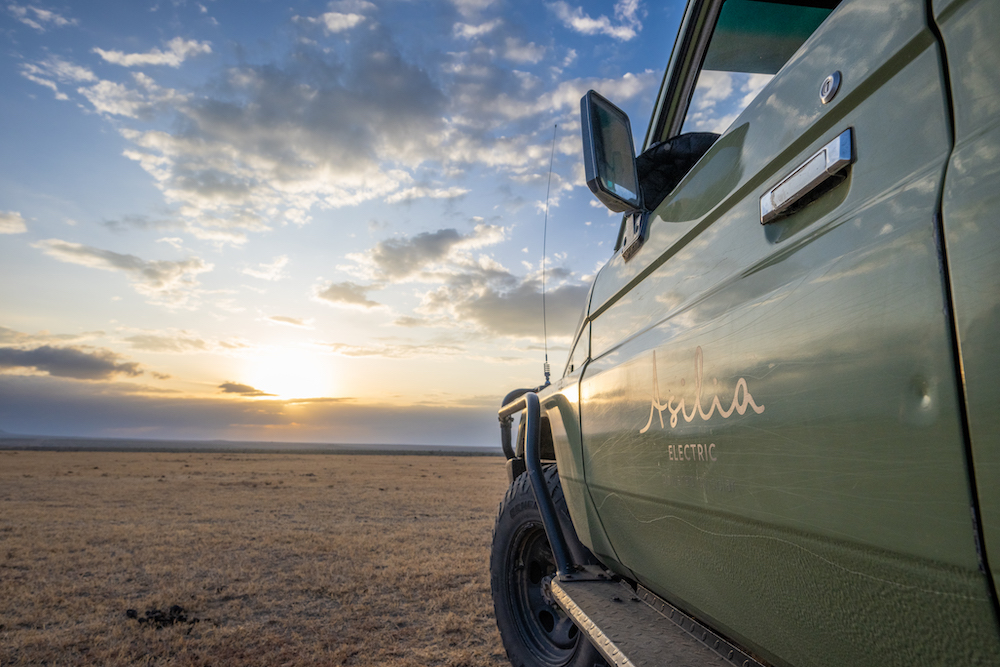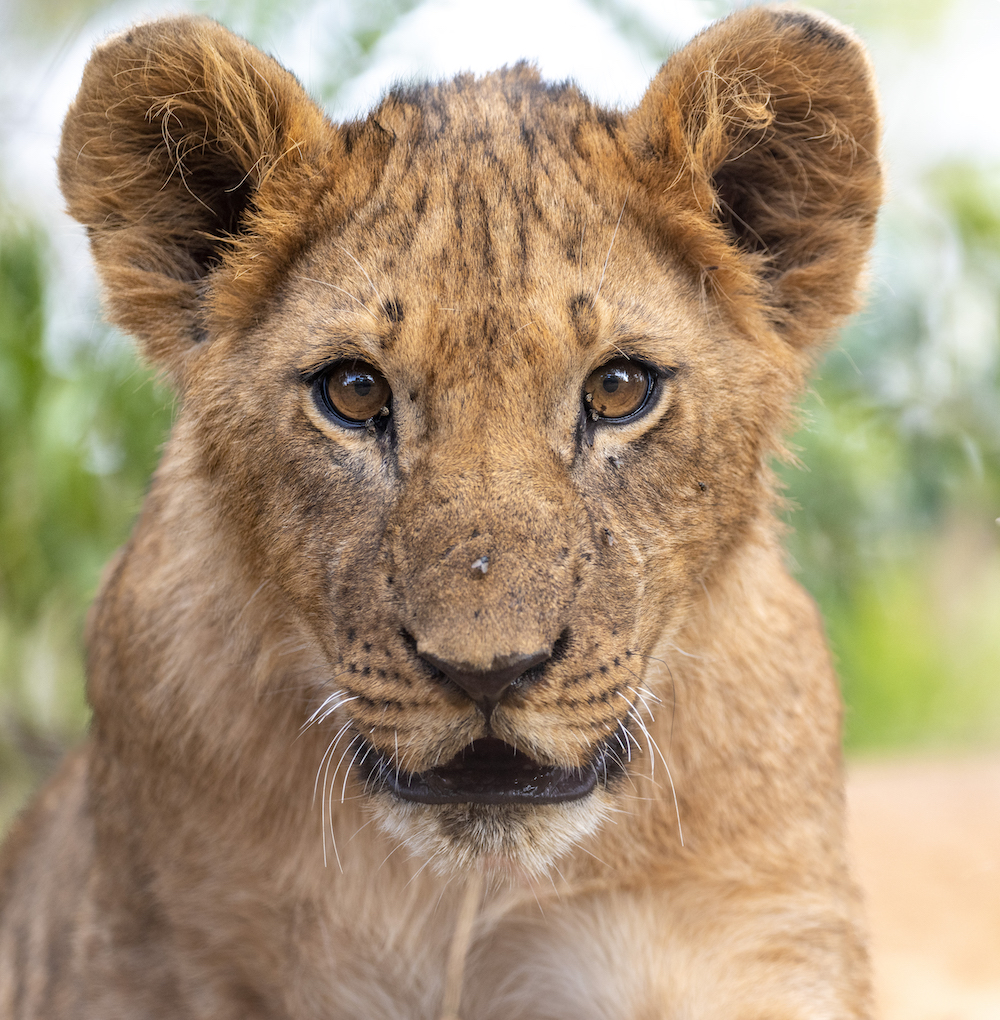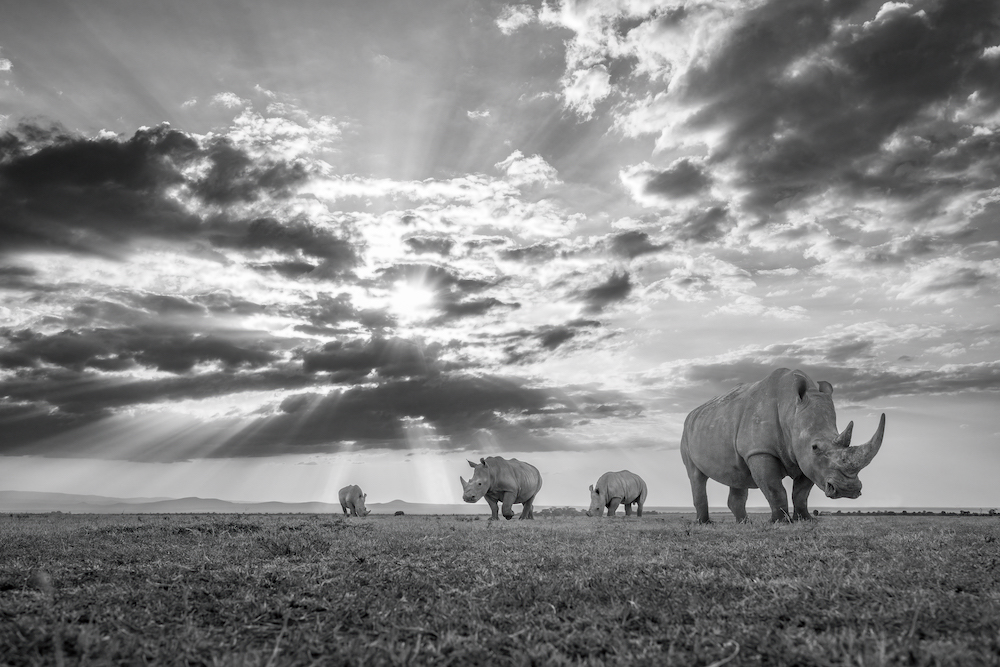Wildlife photography tips from Harry Skeggs
If you're wondering how best to capture those incredible moments on safari, you've come to the right place. Award-winning photographer, Harry Skeggs, shares with us his top photography tips to make sure you get the shot every time.
***
All about angle - One of the most overlooked elements of photography on safari is the angle you shoot at. It's easy to get stuck shooting at eye level in the jeep, but the angle you choose can significantly impact the way in which the subject is seen. By getting low, to the subject's eye level or lower, you help emphasise the size and power of the animal, whilst by getting high above the subject, you can help place it in its context. Experiment with this by lying on the floor of your jeep, using a monopod and trigger to get to floor level or standing up in your jeep - you will be amazed how quickly you can improve your photography with just this tip in mind.

Look for light - When on safari, there are so many incredible animals to see, and it's tempting to believe that these alone will make for a great photograph. The reality is even the king of the jungle, the lion, will rarely make for a good photo in unattractive light, whereas the most unassuming subject in the right light will make for the best photo of your life. For that reason, it's better to identify light, not subject. Once you have found the sort of light you want in your shot, you can work with the guide to position the jeep so that you can frame a subject around your chosen scene. Light first, subject second, has been the most important lesson of my career in the field.
Pre-visualise - The challenge with wildlife photography is that once the moment has gone, it's not coming back, so being reactive to what you see is rarely successful. So little is in your control, whether that's the weather, the sightings, the interactions - the one thing you can control is what you're looking to take. By having a clear idea of this before you head out and discussing this with your guide, you will be ready for when the split-second action begins to unfurl, and you won't miss that moment.
Eye contact - we are biologically designed to seek out eye contact. When presented with a scene with direct eye contact we instantly form a relationship with that subject. Creating relationships is exactly what makes for a successful photo, it imbues your photo with emotion and a sense of intimacy and is certain to make your photos more powerful. For that reason eye contact is a crucial string to your bow in creating evocative wildlife photos.

Think about equipment - safari these days seems to be synonymous with massive lenses. Whilst close-up portraits can be very successful photos, I would encourage you to bring a range of lenses and certainly not leave out the wide lenses. The vast majority of my most successful photos are taken with wide angles as it allows you to not only fill the frame with your subject (if you are close enough) but also to capture the incredible habitat that it lives in, adding a compelling sense of place that is lost in telephoto shots. By playing around with both long and wide lenses, you can capture an array of visually distinct photos from one sighting, maximizing the number of effective photos.
***
If you're serious about your photography on safari, request one of our state-of-the-art photographic safari vehicles for your visit.
More Photography Articles

Guest Gallery: The Serengeti At Its Best
27 November 2019We recently had the pleasure of welcoming guests, Chris and Monique Fallows t...

Manja the rare melanistic serval: Our Namiri Plains’ celebrity
28 July 2021While exploring the grasslands close to Namiri Plains, you might be fortunate...

The Unique and Unusual: East African Safari Animals That Are Out of The Ordinary
27 September 2019By Britta Foulis – Content Marketing Manager On your next safari be sure to...

Guest Gallery: An Intimate Safari In The Mara
12 July 2019Asilia guest Petro Zouzoulas stayed at two of our properties during his East...






